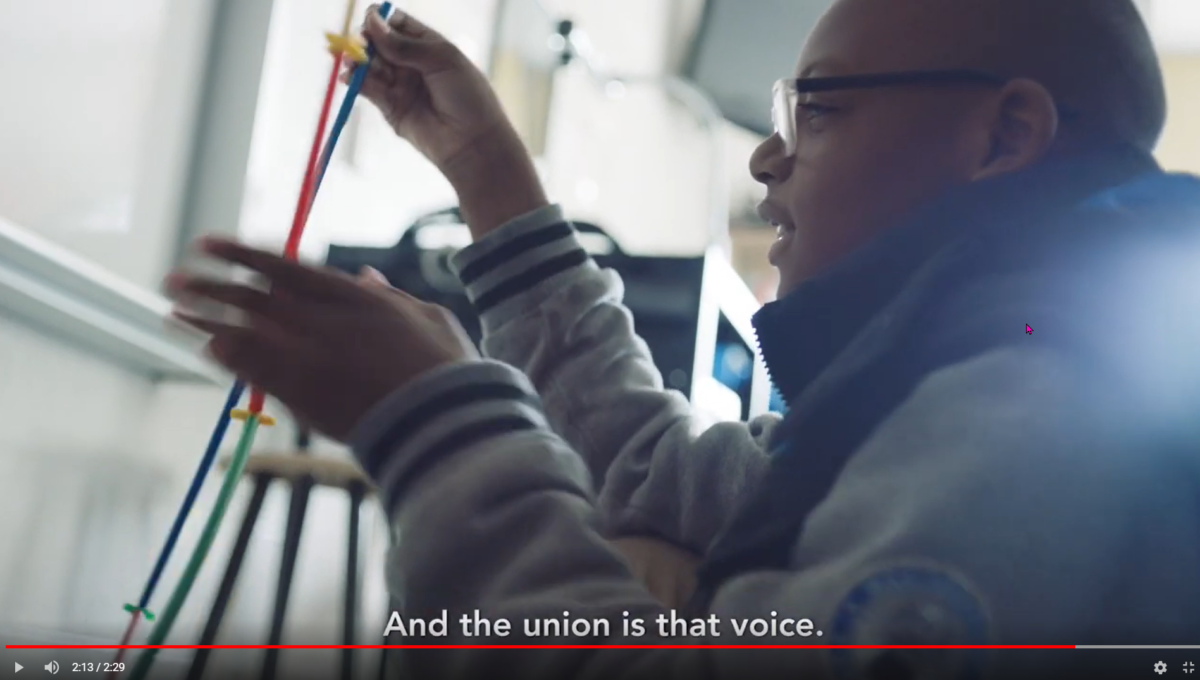2020 NEA Introduction Video20200806093152
2020 NEA Introduction Video
2020 NEA Introduction VideoAugust 3, 2020Share This Post...
Memorandum of Understanding: FAQs20200806085818
Memorandum of Understanding: FAQs
Memorandum of Understanding: FAQsAugust 3, 2020Click here for a pdf version of our MOU FAQs...
Adopted Memorandum of Understanding (MOU)20200806084344
Adopted Memorandum of Understanding (MOU)
Adopted Memorandum of Understanding (MOU)In Partnership BetweenBoulder Valley School District (BVSD)andBoulder Valley Education Association (BVEA)Augu...
Phase 3 Hybrid Plan Response20200803142106
Phase 3 Hybrid Plan Response
Phase 3 Hybrid Plan ResponseBVEA All-Member SurveyJuly 24, 2020Click here for a pdf version of our surveyShare This Post...
Back-to-School Reintroduction Plan20200727135602
Back-to-School Reintroduction Plan
Back-to-School Reintroduction PlanBVEA All-Member SurveyJuly 17, 2020Click here for a pdf version of our surveyShare This Post...
COVID-19 & Immigrant Communities: Your Questions Answered20200424111400
COVID-19 & Immigrant Communities: Your Questions Answered
COVID-19 & Immigrant Communities: Your Questions AnsweredPosted April 14, 2020POSTED IN: Education NewsEvery significant immigration issue that m...
Six things Congress must still do to protect students, families during COVID crisis20200424105852
Six things Congress must still do to protect students, families during COVID crisis
Six things Congress must still do to protect students, families during COVID crisisBy Amanda MenasEducators across the country know that in order for ...
Fair Tax Colorado – Initiative 27120200424102413
Fair Tax Colorado – Initiative 271
Fair Tax Colorado – Initiative 271Colorado needs a fair tax codeFair Tax Colorado needs 1,500 volunteers across the state to receive a petition ...
State Board Denies Ascent Charter School Appeal20190215093055
State Board Denies Ascent Charter School Appeal
State Board Denies Ascent Charter School AppealState board denies Ascent charter school appeal of BVSD decisionAuthor: John Bear from Daily Camera - F...
Denver Educators Strike Ends20190215091701
Denver Educators Strike Ends
Denver Educators Strike EndsDenver Educators Reach Historic Agreement with DPS, End StrikeFebruary 14, 2019Photo sent from CEADENVER – Today, the Denv...









